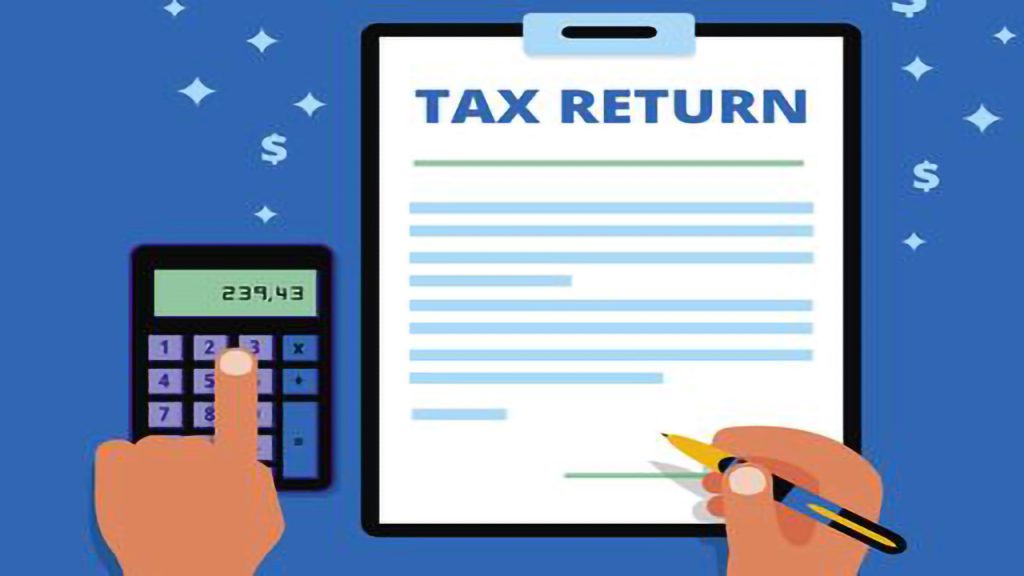Types of ITR – The Income Tax Return (ITR) is a process wherein taxpayers provide the IT department with details regarding their income and tax payments. A taxpayer could file an ITR on or prior to the stated time and date. The taxpayer’s ITR form relies on the category of the taxpayer if you are a person, HUF, business, etc., and you select the ITR depending on the sort and nature of profits and total income. Prior to actually submitting it, each taxpayer must also measure the tax payable and make payments. In the event of a carrying forth with losses, you can file an ITR and set off the carried forward losses.

You must search Form 26AS for information on TDS as well as other revenue, like FD interest when filing your ITR. In order to fill out the salary and tax-saving deduction claims information, you will also need your Form 16.
7 Types of ITR (Income Tax Return)
Depending on the category of taxpayer and revenue, the department recommends 7 types of ITR forms:
ITR-1
For citizens residing in India, having an income/revenue up to Rs 50 lakh. ITR-1 may be submitted by a person who has income from wages, household property, and other sources. ITR-1 can never be filed by an NRI. Salaried taxpayers are eligible to file ITR using their Form 16.
ITR-2
For individuals and HUF for their earnings apart from business or technical profits. ITR-2 can be submitted by individuals and NRIs with earnings from salary, household property, and other sources. ITR-2 must be submitted by salaried people who may have profits or losses from purchasing and selling shares.
ITR-3
For individuals to declare their earnings from a business or a profession. ITR-3 should be submitted by salaried persons who have profit via intraday trading of securities or revenue from futures and options. In ITR-3, taxpayers can disclose income from employment, household property, capital gains, company or occupation, and other sources.
ITR-4
For individuals, HUFs, and partnership companies underneath the presumptive taxation system for their wages. ITR-4s for revenue from such a company whose revenue can amount to Rs 2 crore and taxed within section 44AD is. In addition, ITR-4 is taxed under section 44ADA for income from a profession whose revenue amounts to Rs 50 lakh. ITR-4 can be filed by a freelancer.
ITR-5
is for partnership businesses, LLP, AOP, and BOI. Business entities such as LLP, partnership firms, AOP and BOI may file ITR-5 for business and professional income reporting as well as any other type of revenue.
ITR-6
is the income tax return for businesses to file corporate or technical income and some other stream of revenue.
ITR-7
is the income tax return for businesses, partnerships, and trusts applying for tax exemptions.
Types of Forms for ITR e-filing
Form 16:
Form 16 is a TDS salary certificate that the employer provides. Form 16 sets out the specifics of the gross salary, exclusions like HRA and LTA. The form also provides descriptions of the net taxable wage, all other revenue/loss declared by the employee, the tax savings deductions, and the TDS wage.
26AS Form:
Form 26AS includes descriptions of the tax deducted at source or on the TDS for different wages, such as salaries, interest, and selling of immovable property. The form also provides details of the self-assessment fee, the additional fee charged by the taxpayer, and the stated financial activities.
Form 15 G and Form 15H
Form 15 G and Form 15H allow you to earn revenue without a TDS. You may apply Form 15 G if you are under 60 years of age and if your yearly taxable income is well under the minimum exclusion cap. You can apply Form 15H if you are considered as a senior citizen and the tax on your overall income is zero. You must apply Form 15 G or Form 15H to the individual paying your taxes.



